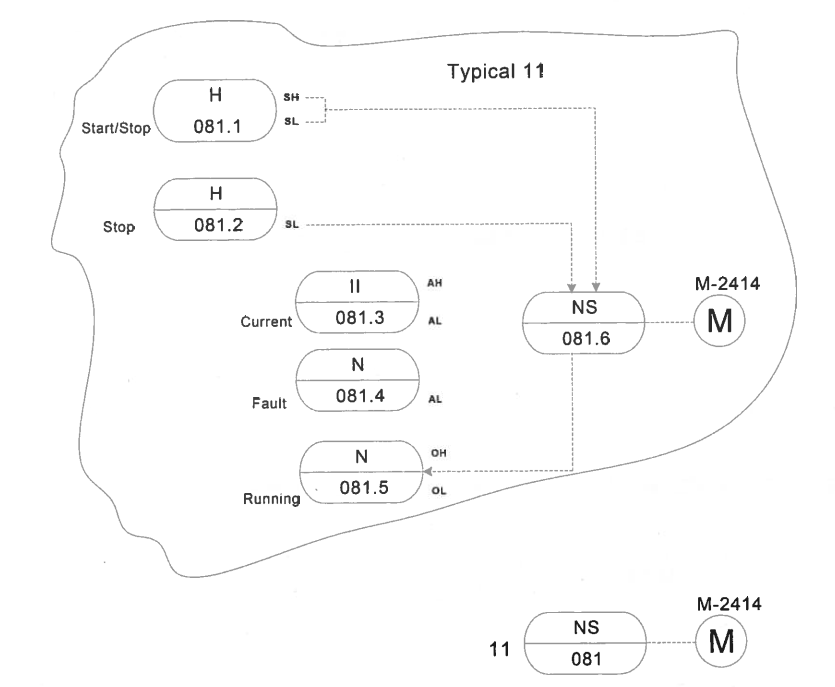When talking about control systems I sometimes hear the term "typical", however I have no clear understanding what it is. It's also mentioned in some codes (so far without definition), here's an example image from the DIN EN 62424 (IEC 62424:2016):
From context, I think that it refers to software building blocks or common functions of the device (sensor or actor) itself but I'm not sure. We don't have a control engineer in house whom I could ask.
I tried googling the term but typical is such a common word.
Edit to add: I wondered if "typical" is a weird anglicism, but found this in the DIN:

"Acronym and identification of a grafical diagram in a database, or group of signals or grouped PCE-tasks"
It doesnt really answer my question what a tpyical does or is for.

